As the title suggest, the Harmonious Food Combining is about eating foods in harmony for optimal digestion. Most foods in nature can be classed into three basic categories – protein, starch or fat – even though they rarely consist purely of just one. Whichever is predominant makes the food belong to that particular category. TheHarmonious Food Combination Chart below can help you to separate concentrated starch and concentrated protein.
But before looking at the chart I recommend reading the articles about the principles of the original
Below is a table showing most everyday ingredients classed into the 3 categories:Protein – Neutral – Starch. Please remember the basicHarmonious Food Combining rules:
- Don’t combine foods from theProtein andStarch during one meal.
- You can combine foods fromNeutral with eitherProteinorStarch.
- Have oneStarch and oneProteinmeal each day. Also, you should have an Alkaline meal (such as a fruit salad, as explained here).
- Allow at least 4 hours between your main meals – 2 hours after eating fruits.
Everyday Ingredients Table
| Protein | Neutral | Starch |
|---|---|---|
| All fish & shellfish (such as salmon, haddock, cod, prawns, mussles, squid etc) | All fats: cool-pressed oils, butter, vegetable spreads etc | All grains (wheat, wholewheat, rye, barley, oat, millet, sweetcorn, rice, buckwheat, spelt, quinoa, semolina, maize etc) |
| All red meat (lamb, beef, game) | All soured milk products: quark, yoghurt, sour cream, creme fraiche, buttermilk, kefir, double cream) | All breads and cakes |
| All poultry (chicken, turkey, duck, goose etc) | White cheeses: mozzarella, goat's cheese, sheep's cheese, cottage cheese, Halloumi, Ricotta, curd cheese, Feta | All Flour (including gluten- free) |
| Pork (in moderation) | Cheeses with at least 60% fat: Camembert,full fat cream cheese, Mascarpone etc (only in moderation) | All pastas (including gluten-free) |
| Tofu & soyabeans | Uncooked meat (such as beef tartare, Carpaccio) | All cereals |
| Eggs | Uncooked, smoked or air-dried, cured meat (such as Parma ham, certain salamis, beef-jerky and smoked/cure bacon). Only in moderation. | Vegetables: potato, jerusalem artichokes, sweet potatoes, yums, squash |
| Milk | Uncooked, cured, smoked or marinated fish (such as smoked salmon, herring, trout, eel, sushi, etc) | Dried Pulses (lentils and beans) |
| Cheese up to 50% fat (such as Emmental, Parmesan, Brie, Cheddar | Leafy/green vegetables: broccoli, kale, all lettuce, watercress, spinach, sprouts, all types of cabbage, green beans, green peas, asparagus, all sprouts and shoots | Sweeteners: honey, maple syrup (in moderation) |
| Cooked and tinned tomatoes | Other vegetables: aubergine, courgette, cauliflower, mushrooms, sweetcorn, artichokes, summer squash, marrow | Potato starch, cream of tartare |
| Drink: fruit tea, | Root vegetables: garlic, onion, spring onion, leek, fennel, beetroot, carrot, turnip, parsnip, swede, celeriac | Drinks: beer, ale |
| Alcohol: cider, dry white & red wine, Champagne | Salad vegetables: radish, celery, bell pepper, chicory , endive, cucumber, raw tomatoes, lettuce, rocket | Oat milk, Rice milk |
| Sweetener: concentrated orange & apple juice | Sauerkraut, Olives | |
| All fresh and dried herbs & spices | ||
| All nuts and seeds (such as hazelnuts, almonds, sesame seeds, walnuts, pine nuts, pumpkin & sunflower seeds etc) | ||
| Coconut flakes | ||
| Egg yolk | ||
| Freshly made mayonnaise | ||
| Gelatine, agar-agar | ||
| Alcohol: spirits (gin, whiskey, brandy, rum etc) | ||
| Herb teas | ||
| Chickpeas and certain beans, lentils | ||
| Coconut milk, almond milk | ||
| Sweeteners: honey, maple syrup (in moderation) | ||
| Other: (sugar-free) mustard, horseradish, soy sauce, ginger, ginseng, turmeric root, dandelion root |
Fruits
Fresh Fruits should not be mixed really with concentratedProteins or Starches. They should be eaten alone (for optimal digestion), preferably for breakfast and definitely not after 3pm. Melons should be eaten alone.
Having said all the above, it happens to be that some fruits are more acidic than others – so they too can be classed into three categories. Some acidic fruits can be used with some acidic proteins and/or neutral foods such as yoghurt and cream; while some really sweet fruits (only when cooked) can be combined with starches (such as oats in a flapjack or cookie). Citrus fruits are digested as alkaline, so they should be classed as neutral. Most fruits can be combined with fatty nuts and seeds (in moderation).
Fruits Table
| Protein (Acidic fruits) | Neutral (Alkaline) | Starch (Sweet fruits) |
|---|---|---|
| Berries (blueberry, strawberry, raspberry, cranberries, blackberries) | Citrus (lemon, lime, grapefruit) | Bananas |
| Exotic fruits (mango, passion fruit, papaya, pineapple, orrange | UNTREATED raisins | Fresh figs |
| Common fruits, such as (apple, pear, grape, plum, peach, nectarine, apricot etc) | Avocado | Dried fruits ( figs, dates, prunes, currants, sultanas) |
| Pomegranate | grated lemon and lime rind | Custard apples |
| Lychees | Very sweet grapes | |
| Cherries | Ripe pears | |
| Orange juice | ||
| Apple juice | ||



















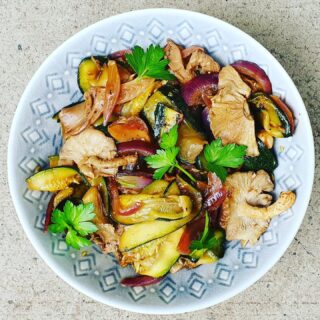




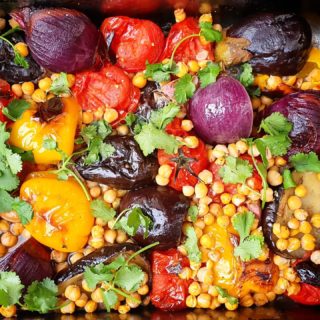



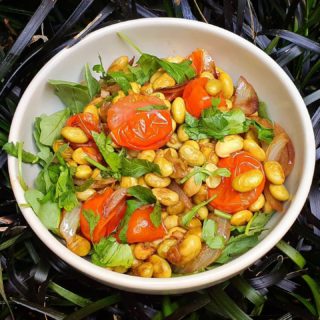







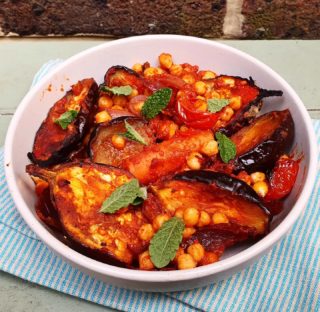





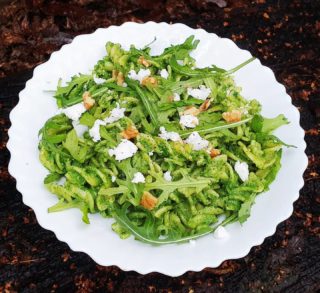

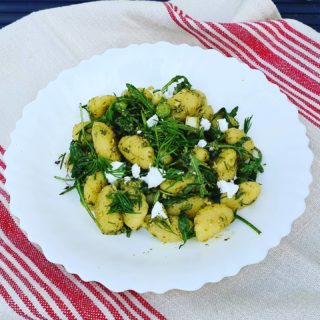



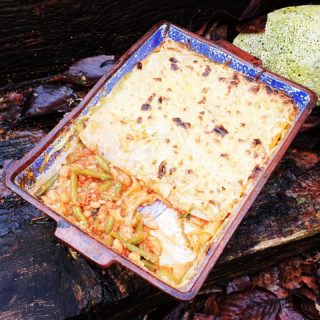

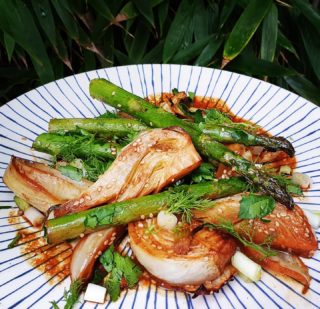






Hi,
Thank you for creating such a nice food combining chart! I am confused though by some of your recipes. How can you have bagels with eggs or with smoked salmon or bacon. Isn’t this combining a starch and a protein?
Wow! This can be one particular of the most beneficial blogs We have ever arrive across on this subject. Actually Great. I’m also an expert in this topic so I can understand your hard work.